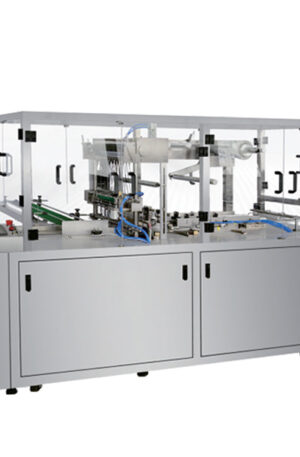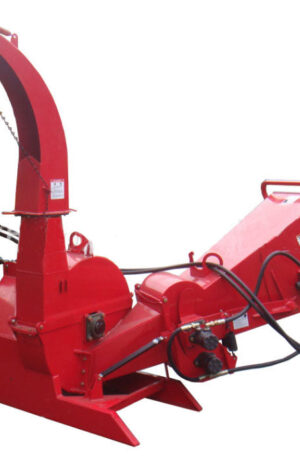Title: The Influence of Pharmaceutical Machinery on Modern Medicine
Pharmaceutical machinery plays a crucial role in the production of medications and has a significant impact on modern medicine. Two key types of machinery used in the pharmaceutical industry are table press machines and capsule filling machines. Table press machines, such as the TDP (Tablet Press Machine) and THDP (Tablet & Capsule Dual-Use Press Machine), are essential in the manufacturing process of oral solid dosage forms.
Table press machines are utilized to compress powdered ingredients into solid tablets of specific shapes and sizes. The TDP is a popular type of table press machine known for its efficiency and precision in producing high-quality tablets. On the other hand, the THDP is a versatile machine that can produce both tablets and capsules, offering pharmaceutical companies more flexibility in their production processes.
Capsule filling machines, on the other hand, are used for filling empty capsules with powdered or liquid medications. These machines ensure accurate dosing and efficient encapsulation of pharmaceutical products. The development of advanced capsule filling machines has revolutionized the way medications are administered and packaged, leading to improved patient compliance and convenience.
The TDP and THDP table press machines, along with modern capsule filling machines, have transformed the pharmaceutical industry by streamlining production processes, improving product quality, and enhancing efficiency. These machines not only increase the speed and accuracy of drug manufacturing but also help in reducing production costs and minimizing human errors.
In conclusion, pharmaceutical machinery, including table press machines and capsule filling machines, plays a critical role in the development and production of medications. The advancements in technology and design of these machines have greatly influenced modern medicine, making the manufacturing process more efficient and cost-effective. As pharmaceutical companies continue to innovate and improve their machinery, the future of medicine looks promising with the potential for more effective and accessible treatments for patients worldwide.





